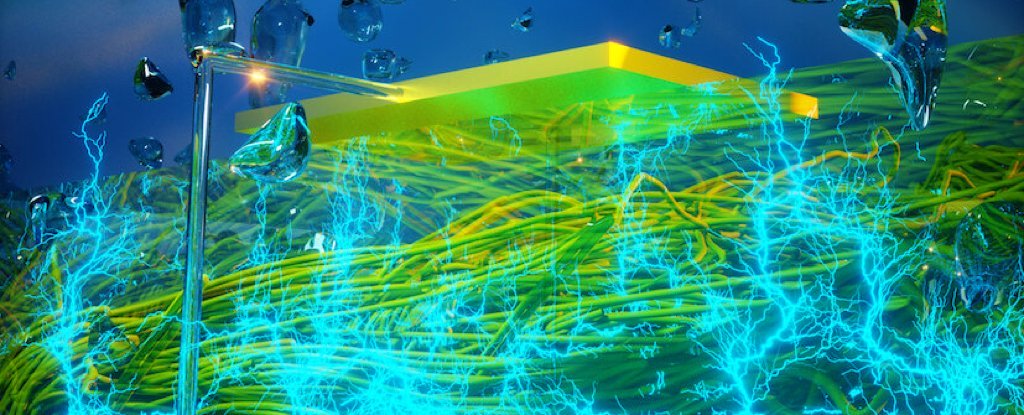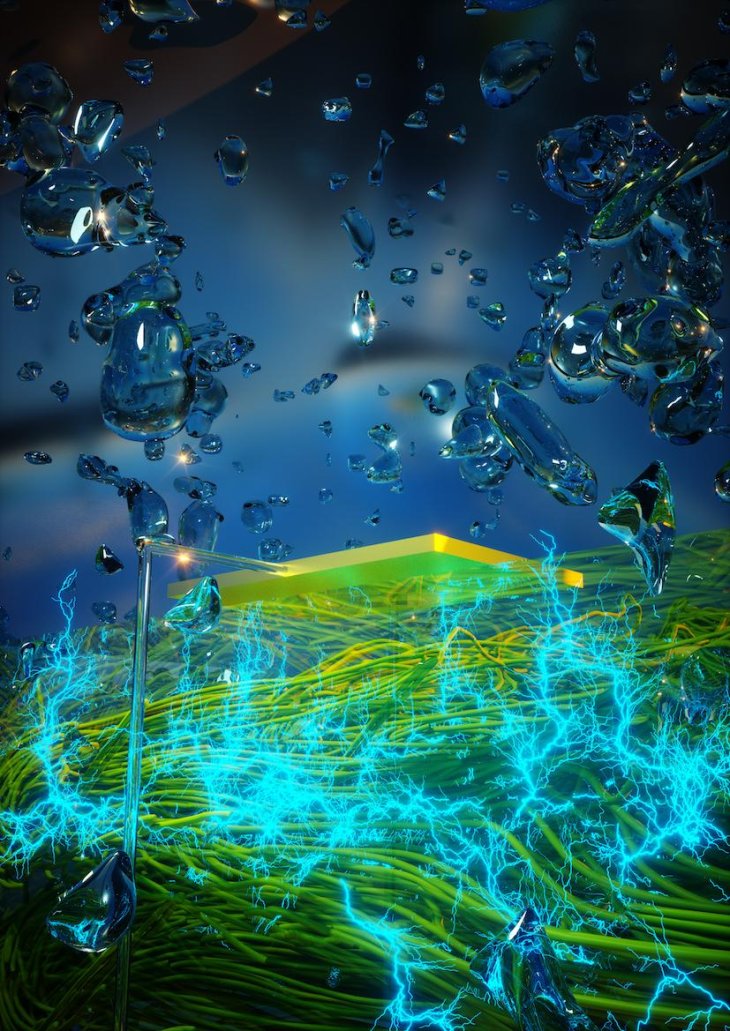Our Future Smartphones Can Be Charged With Electricity Produced Out Of Thin Air
Aadhya Khatri - Feb 19, 2020

If we connect several of these devices, we can have enough electricity to power a smartphone even in dry areas like a desert
- IIT Mandi Researchers Develop Road That Can Generate Electricity By Walking
- This New Method Can Generate Enough Energy To Power 100 LED Lights From One Drop Of Rain
- IIT Guwahati Develops Materials For Power Generation Using Water
This method to generate electricity out of the air is made possible thanks to a type of bacteria that is capable of incredible things.
The sediment organism was discovered around three decades ago on the shore of the Potomac River. One of its abilities is to generate magnetite without oxygen. And recently, scientists found out that they can make electricity too.
According to Jun Yao, an engineer from the University of Massachusetts Amherst, with inspiration from the bacteria, they are able to generate electricity out of thin air, 24/7.
This might sound like a wild statement to make but the scientist ‘s new study has indeed outlined a way we can make a generator that requires nothing but air to create energy, with the electrically conductive protein nanowires from the Geobacter, the bacteria we talked about earlier.
The Air-gen, the name of the generator, has a layer of protein nanowires with a thickness of just 7 micrometers, sandwiched between two electrodes, but is still exposed to the air.

The nanofilm will then absorb water vapor to generate an electrical current between two electrodes.
This creation is mostly accidental when Yao notices the device he is experimenting with can generate electricity all by itself.
The team’s Air-gen can generate a voltage of around 0.5 volts with 17 microamperes per square centimeter. That is still a little amount of electricity but if we connect several devices, we can have enough power for a smartphone even in dry areas like a desert.
However, there is an obstacle on the way to commercialize this invention, which is the limited amount of nanowire the bacteria can produce.
However, there is a possible solution. Microbiologist Derek Lovley suggested that we could genetically engineer other bacteria to generate the substance we want at a large scale. One of the possible candidates is E.Coli.
>>> This City Installs 187 Solar Panels For Rs 80 Lakh, Forgets To Connect Them For 6 Months
Featured Stories

Features - Jul 01, 2025
What Are The Fastest Passenger Vehicles Ever Created?

Features - Jun 25, 2025
Japan Hydrogen Breakthrough: Scientists Crack the Clean Energy Code with...

ICT News - Jun 25, 2025
AI Intimidation Tactics: CEOs Turn Flawed Technology Into Employee Fear Machine

Review - Jun 25, 2025
Windows 11 Problems: Is Microsoft's "Best" OS Actually Getting Worse?

Features - Jun 22, 2025
Telegram Founder Pavel Durov Plans to Split $14 Billion Fortune Among 106 Children

ICT News - Jun 22, 2025
Neuralink Telepathy Chip Enables Quadriplegic Rob Greiner to Control Games with...

Features - Jun 21, 2025
This Over $100 Bottle Has Nothing But Fresh Air Inside

Features - Jun 18, 2025
Best Mobile VPN Apps for Gaming 2025: Complete Guide

Features - Jun 18, 2025
A Math Formula Tells Us How Long Everything Will Live

Features - Jun 16, 2025
Comments
Sort by Newest | Popular